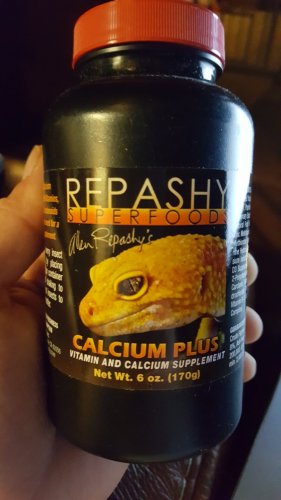Extensionofgreen
Chameleon Enthusiast
I'd suggest looking into a vet that will work with you with estimates, pet insurance, and/or a vet that will accept payment plans. It may not cost as much as you think, but at least start with a basic exam by an experienced vet.



